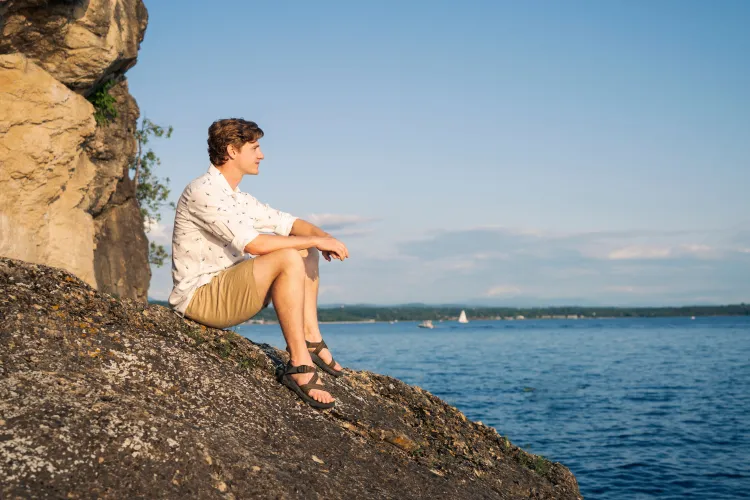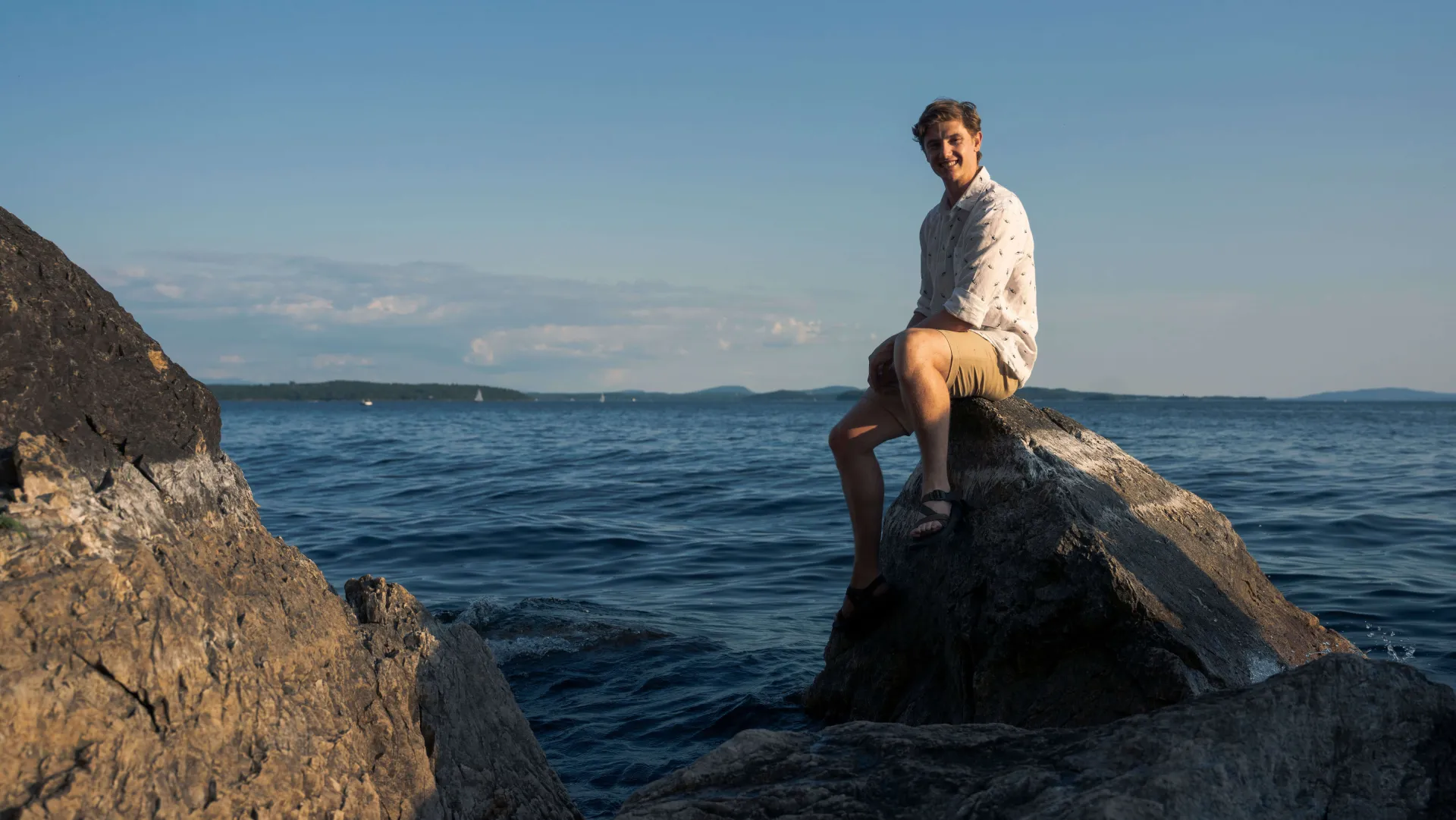Your body is home to a unique collection of bacteria, viruses, and fungi that live in and on you, known as your microbiome. When everything is in balance, you feel good. But when your microbiome is off, you can get sick. The same applies to the rest of the animal kingdom—including sea stars. When their microbiome is out of whack, they can become vulnerable to infections like the mysterious sea star wasting disease (SSWD), which can cause limb loss and worse, disintegrating into jellylike puddles on the ocean floor.
The disease seems to follow trends of warming waters flowing north from Mexico to Alaska, explains Andrew McCracken, a Ph.D. student at the University of Vermont, who studies how animals adapt to deal with stressors in their environments. “Every year SSWD is spreading a little bit further and further north, peaking in the summer months.”
Scientists have been hunting to pinpoint a cause of SSWD since 2013, when large-scale die offs began. A leading theory is that the disease is likely the result of a complex interplay between environmental stresses such as warming water temperatures, lower dissolved oxygen levels, and a pathogen agent. McCracken was the lead author of a paper recently published in Frontiers in Marine Science that described an imbalance in the microbiome in samples of sea star skin often increased prior to symptoms of SSWD.
Sea stars, like humans, normally have a healthy community of microbes on their skin which serve as “the first line of defense” against pathogens or microbes that might try to enter the body, McCracken explains. “They inhabit that niche and essentially fill it, preventing anything else from taking hold.”
Problems occur when those natural microbial communities are disrupted and opportunistic microbes move in, causing more imbalance, and paving the way for potential pathogens to get inside. And environmental stressors may topple the community altogether.
“When we are stressed, we are more prone to disease and the effects of disease,” McCracken says.
Sunflower sea stars may be no different. Over the last decade, SSWD has wiped out about 90 percent of the giant sea stars along the West Coast. So many have perished that, in March, the National Oceanic and Atmospheric Administration applied to list the species for protected status. Sunflower sea stars are a “keystone species”—those that help support an entire ecosystem—so their disappearance could fundamentally reshape Pacific Coast marine life.
In his work in the lab of Melissa Pespeni, associate professor of biology, McCracken studies how environmental stressors affect disease dynamics. But he isn’t trying to pinpoint the cause of SSWD (although he is interning this summer with the Haikai Institute of British Columbia to do this)—instead, he wants to know if they might be able to rebound. In spring 2023, he was awarded a prestigious three-year National Science Foundation Graduate Research Fellowship to find out.
The multi-part project stems from earlier work McCracken and colleagues performed while analyzing the sea star microbiome. The group found a 1,200-fold increase in the presence of Vibrio—a genus of bacteria commonly associated with numerous marine diseases in sea stars affected by wasting disease. They identified a likely culprit but found no definitive smoking gun.
McCracken will run a metagenomics test to identify all bacteria, including Vibrio strains, that significantly increase with SSWD signs. The study will also investigate how resilient sea star populations may be over time. However, sea stars are both hard to acquire, and hard to keep alive in the lab setting, prompting McCracken to use sea urchins as a model species instead.
“[Sea Stars and sea urchins] are both echinoderms, they have the same kind of immune cells and their immune systems function in much the same way,” he says. And sea urchins “also experience very similar kinds of disease outbreaks as the starfish.”
McCracken aims to test sea urchins’ short and long-term resilience to multiple environmental stressors to determine the potential for organisms to adapt, gain resistance, and eventually, to reestablish their populations. He will spawn sea urchin larva and expose them to higher water temperatures—both gradual increases and acute spikes to mimic natural events—and to a known larval pathogen. He will track which larva survive temperature increases, which survive the pathogen and, if any survive both stressors, determine if the selection of beneficial genes has occurred, suggesting adaptive potential. The results will help build a simulation showing how evolution could happen across generations.
It’s possible no advantageous genes will emerge—that the changes were simply too much, too fast. It’s also possible that certain traits that help individuals survive could be passed down to future generations.

Andrew McCracken came to UVM because he wanted to use his skillset for good. He studies the impacts that humans have on wildlife and the ability for organisms to persist despite rapid global change. Photos by Bailey Beltramo.
For McCracken, who grew up along the coast of Maine, the outcomes of SSWD can be hard to think about. He was drawn to study biology and disease ecology because of changes he’s witnessed in the environment as habitats shrink and water temperatures rise.
“The marine environment is very, very fragile,” he says.
McCracken came to UVM because he wanted to do something that could help save it. He settled on using his skillset to assess the impacts that humans have on wildlife and the ability for organisms to persist on a planet undergoing rapid change.
“The goal in the end is to be able to predict the impacts of global change on marine ecosystems, identify at risk species, and learn from those that demonstrate resilience in our changing world,” he says.
This is the third in a four-part series on UVM graduate students awarded prestigious National Science Foundation Graduate Research Fellowships.
